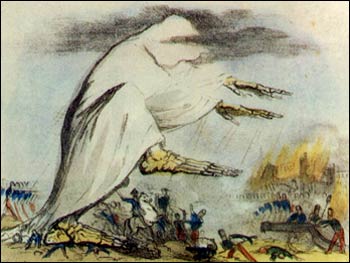There is no denying science has provided humanity with countless benefits, from electricity and modern medicine, to a greater understanding of the wondrous universe and our place within it. However, as Charles Kettering poignantly noted, “99.9 percent of success is built on failure”. In a theoretical example of natural selection at work, the history of science is the history of one outdated and incorrect idea being gradually consumed and replaced by another.

Not always indicative of failure, and still capable of providing insights and focus for future discoveries, some of these flawed historic understandings nevertheless ranged from the immensely short-sighted or foolish to downright dangerous and moronic. Here are 20 insane scientific theories that people from history actually believed:

